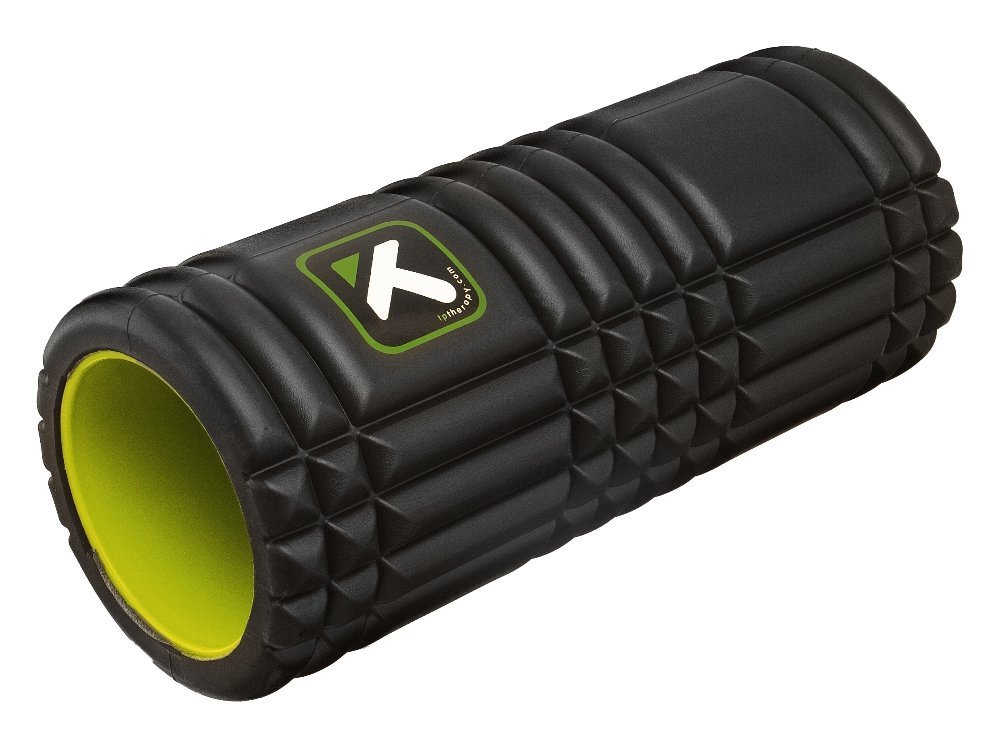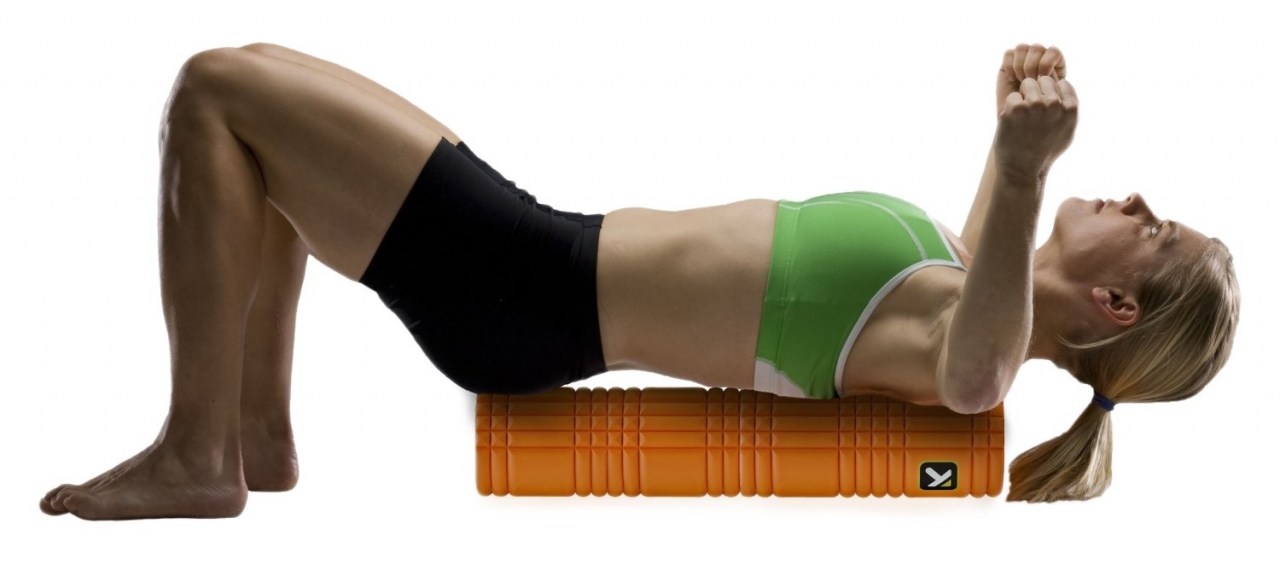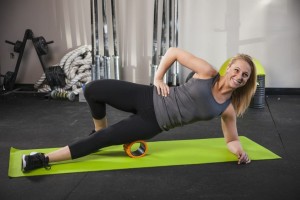There are so many great benefits to using a foam roller. However, there are so many foam rollers to choose from that it is often very difficult to make a decision. All the different options can easily become information-overload, leaving you paralyzed and without a roller at all. This buying guide is meant to simplify things for you to make your decision easier.
What Are Your Needs?
Before we can get anywhere with the selection process, you must figure out what you plan to use the foam roller for.
This depends on a variety of factors:
- Your level of expertise (are you a beginner?)
- Level of massage intensity (would you like a deep-tissue massage or something fairly light?)
- Amount of variability (some foam rollers allow you to do more exercises than others)
- Price
- Durability
Once you figure this out, you can move on to the next step in the selection process.
Your Level Of Expertise
The reason this is important is because of the risk for injury. If you have never used a foam roller before, then choosing a very dense foam roller designed to give you a deep-tissue massage can cause injury and damage to the muscles.
I normally recommend new users to opt for a less-dense foam roller to start, to get the hang of it before moving on to the more intense foam rollers. However, if you plan to use the foam roller under the supervision of someone who is knowledgeable, you can start with a dense foam roller, just as long as this “expert” is guiding you along the way. The “softest” foam rollers tend to be EPE foam rollers, so if you are just starting out, an EPE foam roller would be a great place to start. If you have experience with foam rollers, then you can choose any foam roller.
Level Of Massage Intensity Desired
There are a wide variety of intensity levels to choose from. Often, if it’s a basic roller – they are color-coded as follows:
- White – Softest
- Blue/Green – Medium
- Black – Hard
Many rollers, like EVA and specialty rollers have colors that aren’t necessarily associated with their density or firmness – they’re more so colored for style, but for the most part – you can follow these guidelines. The white foam rollers are a great choice if you are new to foam rolling and want something pretty light. White foam rollers tend to be made out of polyethylene foam that is not very dense. Thus, the softness of the foam roller creates less pressure and less pain.
The blue/green foam rollers tend to be made out of closed-cell polyethylene foam, which is much denser than polyethylene foam that is not closed-celled. I could go into the details as to the reasons to this, but to make this article simple, just know that closed-cell foam is denser and smoother than open-cell foam. Finally, the black foam rollers tend to be made out of closed-cell polyethylene foam or EVA foam. They are very dense and give the deepest massage. It is advised to only use these foam rollers if you are an experienced user. There are also super-high-density foam rollers that are even more firm, if you want something to really maximally challenge you. So…… if you are new to foam rolling, it would be a good idea to start with a white EPE foam roller, before moving up to a blue/green or a black foam roller. The level of massage intensity you choose is based on your goals. If you are wishing to keep your body in tip-top shape with the goal of really getting into your muscles before and after intense workouts to help recovery time, prevent injury, and loosen up your muscles, then a “hard” foam roller is the way to go.
Amount Of Variability
Variability also plays a role when choosing a foam roller. When I say “variability,” I am referring specifically to exercises working your core, balance, and stability. If your goal is to use your foam roller for things other than foam rolling, then choosing a “half” foam roller is a good option. Because these types of foam rollers are not round, you can use them for a variety of balancing and abdominal exercises. Smooth, round foam rollers are also great for these types of exercises. Thus, if you would like to use your foam roller for stability, core, and balancing exercises, choose a “half” foam roller, or a round, smooth foam roller.
Price Range

The price of the foam roller will also play a big role in your purchase. I will go into more detail below when I discuss specific foam rollers, as there is a wide degree of price ranges. However, on a general note, (and this is for 36″ long foam rollers), the better the quality of foam, the more expensive the roller. Thus, a low-quality white foam roller will cost you about $15, a closed-cell EPE foam roller will run at about $30, and an EVA foam roller will cost approximately $45.
The length of the foam roller also plays a role. The shorter the length, the cheaper it is. Having a longer foam roller allows for more variability as you can perform more core and balancing exercises, as well as roll out larger muscle groups, such as your upper back, much more easily. However, having a smaller roller is easier to transport and is more convenient. For example, a 12″ EVA foam roller costs only $25 while a 36″ EVA foam roller costs approximately $45. There are also specialty rollers that I will talk about more in detail below, that can run upwards of $70.
Durability
Durability is also very important when choosing a foam roller. The cheaper foams, as expected, tend to lose their “roundness” and firmness quickly, and become unusable in just a short period of time. Thus, if you intend to use your foam roller heavily, choosing a black, closed cell foam, EVA foam, or a specialty roller would be ideal. If you are a beginner, I do recommend starting with the white or blue foam roller, and then once it wears out, upgrading to a better quality foam roller that will last you for years.
Listed Below Are Some Of The Top Foam Rollers Available Today
- SPRI EVA Foam Roller – This EVA foam roller is fairly simple, but is really great for getting deep into your muscles, giving you a great deep tissue massage. You can also use it for a variety of core and stability exercises, and its durability makes it a very appealing choice. Although I highly recommend this foam roller, it does come with limitations. Comparing it to the Rumble Roller below, it is a little less efficient for hard-to-reach places, such as your hip flexors. However, a simple tennis ball can do the trick for those hard-to-reach spots. It costs $25-$45 depending on the size.
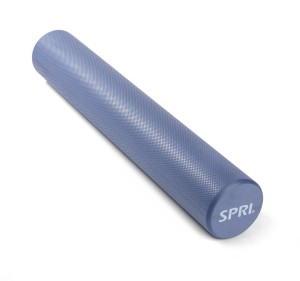
- OPTP Pro-Roller Soft Pink Marble – This foam roller is perfect for beginners. It is designed to be much softer, and thus, will be much less painful than many of the more dense foam rollers. I know I have mentioned that most of the beginning foam rollers are white, but there are some exceptions. This foam roller will also last you a very long time as it is specifically designed to be durable. Most “soft” foam rollers are made of cheap, poor-quality foam. This foam roller, however, is made of high-quality EVA foam, covered by a layer of very soft foam. As a result of its higher quality, the price is also higher, costing $41. It can be cleaned very easily as well, unlike many of the other foam roller types. On the downside, it is not a good option for core and stability exercises, due to its softness.
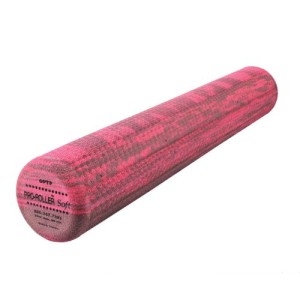
- J/Fit Basic White Foam Roller – I included this foam roller mainly because of its affordability. It’s only $9, so it’s as cheap as it gets. It is a perfect choice for beginners, but don’t expect it to last more than a few weeks/months.
- Yoga-Wise Blue Foam Roller – This is a really good option if your goal is a medium-intensity massage. The Yoga-Wise foam roller will still give you a pretty good massage, it just will not get as deep as many of the firmer, denser rollers. It should be pretty durable and can be used for a wide variety of exercises, including core and balancing exercises. It is a versatile roller, and at only $20, I highly recommend it.
- Rumble Roller – This is one of the most popular foam rollers available today. Due to its special design, it is perfect for getting those hard-to-reach areas, such as the shins and hip flexors, that traditional rollers struggle reaching. The bumps on the Rumble Roller are intended to simulate a masseuse’s thumbs. However, it’s not very effective at targeting larger muscles, such as your IT band. This is because the surface is not smooth (because of the bumps), and thus, the roller does not roll very easily. It costs between $45-$70, depending on the size.
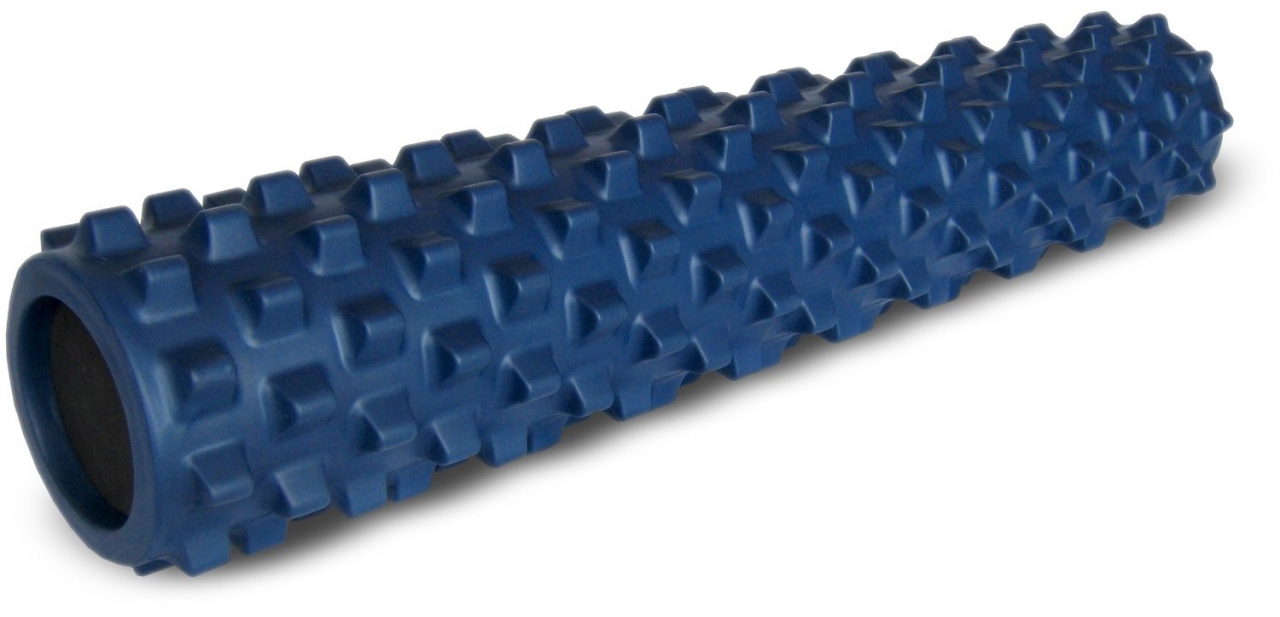
- The Grid – The Grid is another favorite of many fitness enthusiasts. Its reviews are as good as it gets. If you’re looking for a long-term foam roller that is of premium quality, the Grid is the way to go. It is a specialty foam roller that is designed to mimic a real massage therapist, as different parts of the foam roller have a different feel. The Grid is perfect for a deep tissue massage, and will really get deep into your muscles. It is also sweat-resistant, so it will stay pretty clean for the duration of its use, which is also great for multiple users. There are a few types of “Grid” foam rollers. The mini-Grid, which is really small and has fairly limited uses is $20. The standard, most common “Grid” foam roller is 13-inches and is about $40. There is also the “X-tra firm Grid,” which is also about $40. And finally, there is the “Grid 2.o,” which is double the length of the original grid at 26″, and this will cost you about $60.
